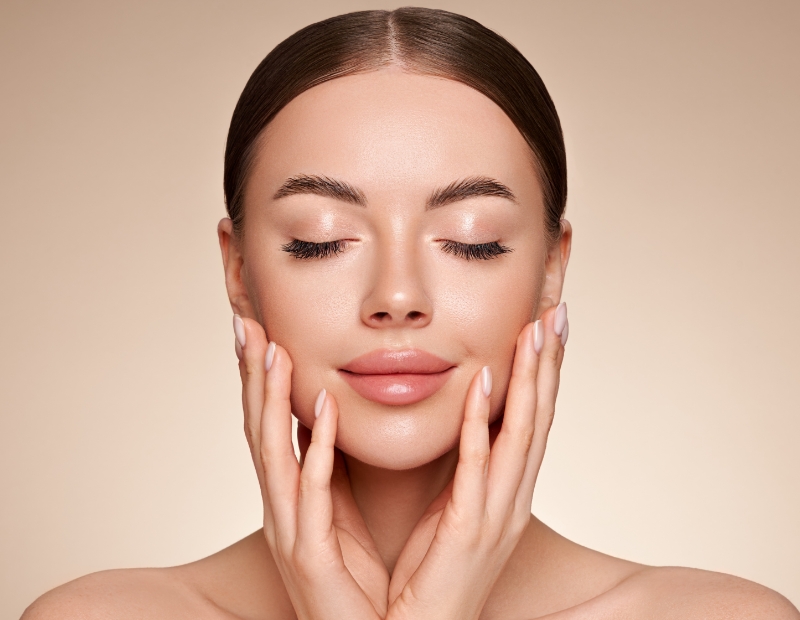
What is Hyaluronic Acid?
Hyaluronic acid treatment involves injecting a soft, easily blending substance, similar to a soft mochi, into areas where volume has been lost and shadows have appeared. This helps to sculpt the face or body.
By filling in depressions, it improves hollows and wrinkles. It also has moisture-retaining properties, helping to maintain skin elasticity and hydration.
Recommended for the Following Concerns
- Hollow areas
- Wrinkles
- Nasolabial folds
- Marionette lines
- Lips lacking volume
Treatment Features
The choice of filler, layers, and injection method vary depending on the area to be treated.
-
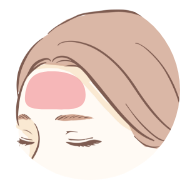
- Forehead
- For safety, we use a thick and long needle (microcannula). There may be swelling or bruising, so please be aware of this.
To minimize pain, the nerve above the eyebrows is anesthetized. A needle entry point is created at the hairline, from where the long microcannula is inserted to gradually inject hyaluronic acid.
We typically use Volbella or RHA1. For minor depressions, 1 to 2 syringes are enough, and for creating a rounder forehead, 5 to 6 syringes may be needed.
For small amounts, a thin needle may be used without anesthesia.
-
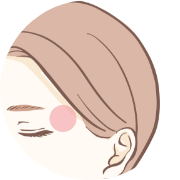
- Temples
- A thick microcannula is used here as well. The entry point is typically at the outer edge of the forehead or near the end of the eyebrows, from which hyaluronic acid is injected using the microcannula.
For slight hollows, 1 to 2 syringes of Volbella or RHA1 are used, and for more significant hollows, 3 to 4 syringes are typical.
Sometimes, T1 and T2 injections are combined, as explained below. - T1、T2
- This method is used to fill the hollows of the temporal bone. As we age, the temple area loses volume, which can worsen upper eyelid sagging and make the temples hollow. To compensate, a firmer filler is injected deep under the periosteum.
1 syringe of Voluma or RHA4 is used for T1, and 1 syringe for T2. This treatment can also improve the ability to open the eyes.
-
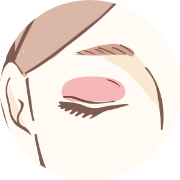
- Upper Eyelids
- This is an area where unevenness can be noticeable. Whether to inject based on the open-eye or closed-eye state will affect the amount of filler. Typically, 1 syringe of Volbella or Volite is enough for a natural result.
In some cases, combining Voluma for the eye area can help tighten the skin simultaneously.
-
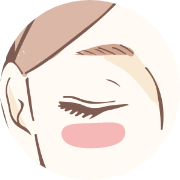
- Under Eyes
- A medium-thick microcannula is used to gradually inject small amounts of hyaluronic acid into the deeper areas under the eyes.
If injected too superficially, it may cause the Tyndall effect (blueish appearance), or result in uneven lumps. Therefore, please understand the limits of this treatment.
Injecting along the outer orbital rim can also naturally improve hollowness and sagging under the eyes.
Typically, 1 syringe of Volbella or RHA1 is used. For those with hollows extending from the cheek, additional injections into the cheek (CK3) may be recommended.
-
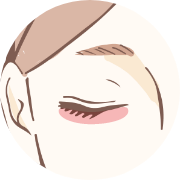
- Tear Troughs
- For a natural result, 0.3cc of Volbella or RHA1 is usually ideal.
Injecting from the inner corner of the eye can create a noticeable effect, so focusing more on the middle creates a rounder appearance, and injecting more at the outer corner can result in a droopy eye effect.
The amount of filler can vary depending on preference.
-
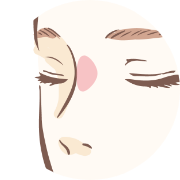
- Nose Bridge
- The risk is higher for the area between the eyebrows and the tip of the nose, so only the bridge area can be enhanced. Firmer fillers like Pinhaha or Bolax are used.
For a natural result, about 0.3cc is used, and for a more noticeable lift, up to 0.5cc is sufficient. Typically, 1 syringe is enough.
Injection methods include either several small injections with a standard needle or using a thick, long microcannula from the tip of the nose.
-
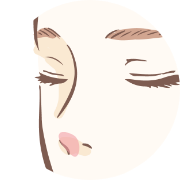
- Nasal Septum
- Injecting hyaluronic acid into the membrane of the nasal septum between the nostrils can slightly narrow the nose and lift the tip.
Typically, about 0.3cc of Pinhaha or Bolax is used.
-
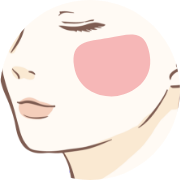
- Cheeks (CK3)
- Hyaluronic acid can be injected into the front or around the eye area to enhance the bone structure. It helps to reduce under-eye bags and improve the nasolabial folds.
Typically, 1 syringe of Voluma or RHA4 is used. - Cheeks (CK2)
- This area targets the fullest part of the cheekbones. While it’s less common for Asians, it’s preferred by Western patients.
This treatment lifts the entire cheek area.
Typically, 0.6cc to 1 syringe of Voluma or RHA4 is used. - Cheeks (CK1)
- This injection targets the area behind the cheekbones. It helps lift the entire cheek and define the jawline.
Typically, 0.6cc to 1 syringe of Voluma or RHA4 is used. - Cheeks (CK4)
- This area fills the depression below the cheekbones.
The back area is more effective for lifting, while the front can lead to sagging, so more filler is placed toward the back.
Typically, 1 to 2 syringes of Volift or RHA2 are used. This method is also used to shape an oval face contour. - Cheeks (CK5)
- Injected into the front part of the cheek, this area is prone to sagging, so care should be taken not to overfill.
Typically, 1 to 2 syringes of Volite or RHA1 are used.
-
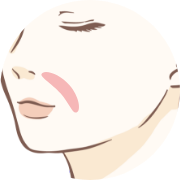
- Nasolabial Folds (NL1)
- This area is near the facial artery, so it carries a higher risk. A sharp needle is used to reach deep under the periosteum, ensuring no blood flow occurs before slowly injecting the filler.
Typically, 0.6cc of a firmer filler is used. - Nasolabial Folds (NL2,3)
- Excessive filler in this area can result in an unnatural, bulky appearance around the mouth. Therefore, the amount should be limited to about 1 syringe of Volift or RHA2.
-
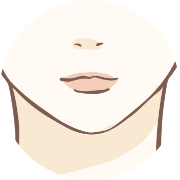
- Lips
- The Cupid's bow and the philtrum are typically injected with a sharp needle, while the rest of the lip area is treated with a microcannula.
A small amount of filler at the corners of the mouth can create a slight lift. The amount of filler varies depending on the desired lip shape, but generally, adding 1 syringe at a time is recommended.
To achieve lips as full as Nicki Minaj’s, at least 5 syringes are needed.
-
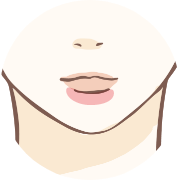
- Chin (C1)
- This fills the depression between the chin and the lower lip, enhancing the chin’s appearance without altering the overall face size.
Typically, 1 syringe of Voluma or RHA4 is used.
-
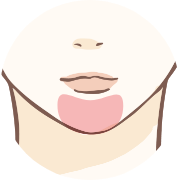
- Chin
- Bolax or RHA4 is recommended for shaping the chin. Different layers and methods are used to achieve the desired shape.
The amount can range from 1 to 6 syringes, depending on the patient’s goals.
-

- Jawline
- Hyaluronic acid can be used to contour the entire lower jaw, shaping the area from the chin to the front of the ears.
Typically, Bolax or RHA4 is used to shape the desired areas.
-
- Hands
- Filler is injected between the bones on the back of the hands to soften and rejuvenate the appearance.
Typically, 1 to 2 syringes of Volbella are used.
-
- Neck
- This treatment improves horizontal wrinkles in the neck. For vertical wrinkles, treatments like Profhilo or Botox are more effective.
Typically, 2 syringes of Volite are used.
-
- Elbows
- Filler is injected into the bony areas of the elbows to soften deep wrinkles and rough skin.
Typically, 2 syringes of Volbella or Volite are used.
-
- Buttocks
- Filler is used to enhance the hollows beneath the buttocks.
Typically, 10 to 20 syringes of Volift are used.
- Downtime & Precautions
- Swelling and bruising may occur. Please allow about two weeks for the treatment to settle, and we can make adjustments if necessary.
Case
Fee
-
Hyaluronic Acid Injection
Injection Counseling ¥0 Pineha 1CC ¥90,000 Volux 1CC ¥80,000 Voluma 1CC ¥60,000 Volift 1CC ¥60,000 Volbella 1CC ¥60,000 Volite 1CC ¥55,000 RHA4 1CC ¥60,500 RHA3 1CC ¥60,000 RHA2 1CC ¥60,000 RHA1 1CC ¥45,000
Dr's comment about Hyaluronic Acid
Dr.'s Comment
Having completed the TTT program, a training program for Allergan’s medical instructors, I have extensive knowledge and skills in injection treatments, providing guidance to doctors and VIP clients at large beauty clinics. Together, let’s create a special, personalized face for you through the careful use of hyaluronic acid injections.
Related column
Q&A
-
QHow long is the downtime for hyaluronic acid injections?
Swelling will last for 2-3 days. Please wait as it settles. If there is any pain, over-the-counter pain relievers are fine to use. If you’re still concerned after 2 weeks, we can make adjustments.
-
QDoes the treatment hurt, and is anesthesia available?
Hyaluronic acid contains a local anesthetic, so you may feel a slight sting initially, but the procedure is not painful. If you’re worried, we can apply numbing cream or anesthesia depending on the area treated.
-
QIs it possible to undergo other treatments after hyaluronic acid injections?
If you plan to receive a laser treatment after hyaluronic acid injections, please wait at least two weeks.
Flow
-
STEP01Consultation
Discuss your skin concerns with the doctor. The doctor will assess your skin and sagging conditions and recommend the most appropriate treatment plan.
-
STEP02Makeup Removal
Cleansing and facial wash products are available in our powder room.
-
STEP03Treatment
The doctor will proceed with the treatment plan tailored to your concerns.
-
STEP04Preparation for Departure
After the treatment, you can use the skincare and makeup provided in the powder room.
-
STEP05Post-treatment
There may be slight redness, but it will subside quickly, and you can resume your regular activities, such as going out in Shinjuku Ni-chome.

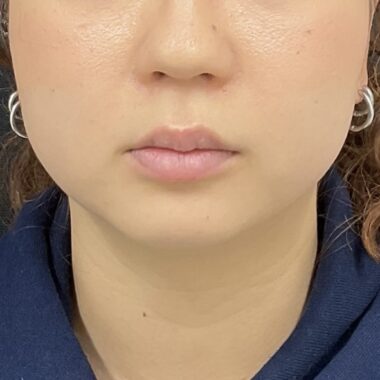
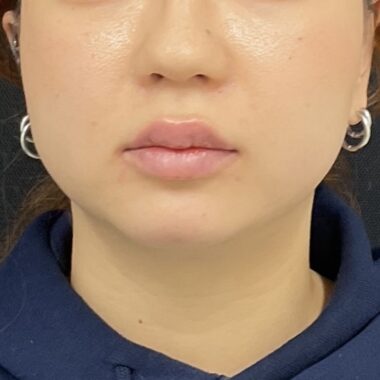
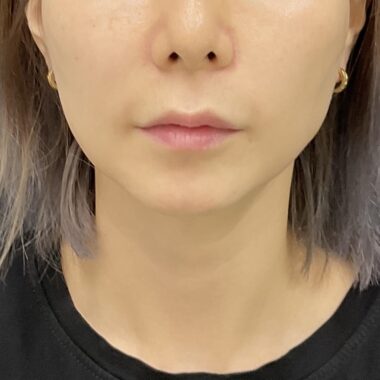
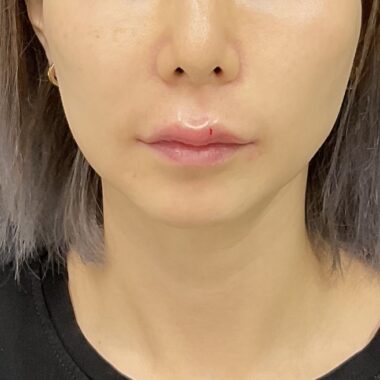
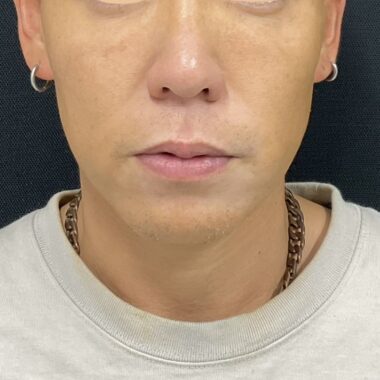
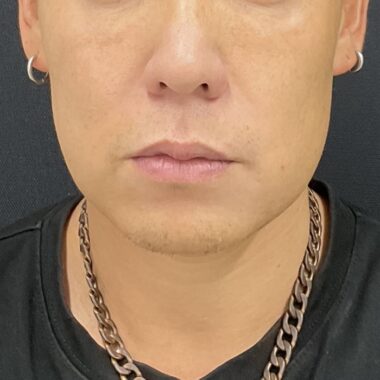
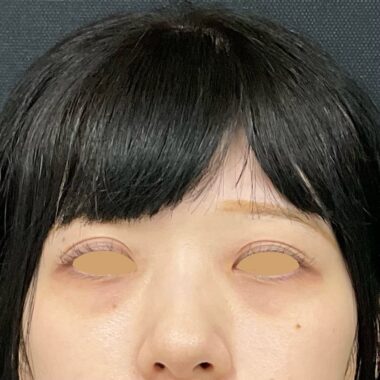
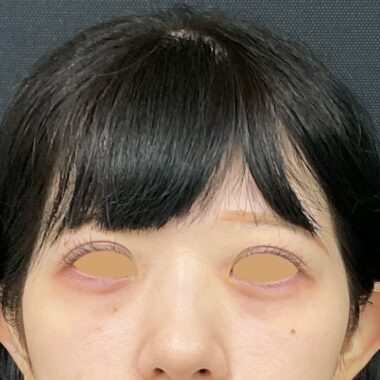


Yoshiko Kuno